Downy Serviceberry Tree (Amelanchier Arborea) – 3 Pack Of 1.5 Quart Pots
$59.97 Original price was: $59.97.$41.98Current price is: $41.98.
SKU: D2LSC 6686855386 Category: NATIVE PLANTS
- Get the Best for Less
- No-Questions-Asked Returns
- Effortless Shopping, Quality Products
- 7 days free returns

Downy Serviceberry
Amelanchier arborea
NOTE: As with all of our other plants and trees, all of our fruit plants are grown in containers outdoors so they are fully rooted and landscape-ready upon arrival.
Plant Details
USDA Plant Hardiness Zones: 4a-9b Find Your Zone
Shrub Type: Deciduous Flowering Tree
Height at Maturity: 15-25′
Width at Maturity: 15-25′
Spacing: 30 feet for space between trees
Growth Habit / Form: Upright, Multi-stemmed, Rounded Crown
Growth Rate: Moderate
Flower Color: White
Flower Size: 2-4″
Flowering Period: Early Spring
Flower Type: Single, in clusters
Fragrant Flowers: Yes
Foliage Color: Medium Green turns to Yellow, Orange and Red in fall!
Fragrant Foliage: No
Berries: Yes
Berry Color: Goes from Green to Red to Purplish Black, edible!
Sun Needs: Full to Mostly Sun, Morning Sun With Afternoon Shade, Morning Shade with Afternoon Sun, Filtered Sun
Water Needs: Average
Soil Type: Clay, Loam, Sandy(amended), Silty
Soil Moisture / Drainage: Moist But Well-Drained
Soil pH: 5.0 – 7.0 (Acid to Neutral), prefers acid
Maintenance / Care: Low
Attracts: Visual Attention, Beneficial Pollinators, Birds
Resistances: Clay Soil, Deer, Disease, Insect
Description
A wonderful native tree, the Downy Serviceberry is a four-season plant! It starts out with abundant clusters of pretty white flowers in spring. Following the flowers are edible blueberry-like fruits that start green and change from red to purplish black by summer. The berries can be eaten fresh and are often used for making jams, jellies and pies or dried like raisins…but you better get them quick before the birds gobble them up! The green foliage displays excellent fall foliage color in shades of yellow, orange and red. The attractive grayish brown bark often has a reddish cast in winter, providing winter interest ion the garden. A must-have native in every garden where it will grow.
The common name serviceberry refers to memorial services held in the spring at the same time as the flowers bloom. Serviceberry’s fruit is used to make pies and sweetbreads and can be dried like raisins. Cherokees used serviceberry tea to aid digestion.
NOTE: As with all of our other plants and trees, all of our fruit plants are grown in containers outdoors so they are fully rooted and landscape-ready upon arrival.
Landscape & Garden Uses
Growing 15 to 25 feet tall and 15 to 25 feet wide with an upright, multi-stemmed, rounded form, the Downey Serviceberry is ideal for use as a specimen or in groupings in the landscape or sunny to partially shaded woodland borders that provide a dark background which shows of the spring flowers. Can be grown as a large shrub or lower branches removed to form an attractive small tree. Also effective along streambanks and ponds and is a fine addition to pollinator and wildlife gardens, North American native plant gardens, and cottage gardens.
Suggested Spacing: 30 feet for space between trees
Growing Preferences
The Downey Serviceberry grows best in a moist but well-drained acidic soil of average fertility and full sun to part shade.
Helpful Articles
How To Plant & Care For A Serviceberry Tree
Plant Long & Prosper!
Meet The Wilson Brothers & Staff
Questions? Contact Us
Be the first to review “Downy Serviceberry Tree (Amelanchier Arborea) – 3 Pack Of 1.5 Quart Pots” Cancel reply
Related products
Sale!
Sale!
NATIVE PLANTS
Sale!
NATIVE PLANTS
Sale!
Sale!
NATIVE PLANTS
Sale!
NATIVE PLANTS
Sale!
NATIVE PLANTS
Sale!


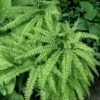

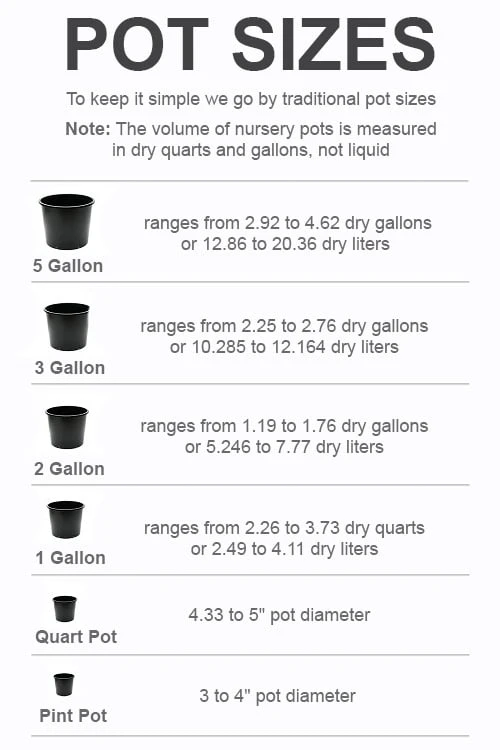

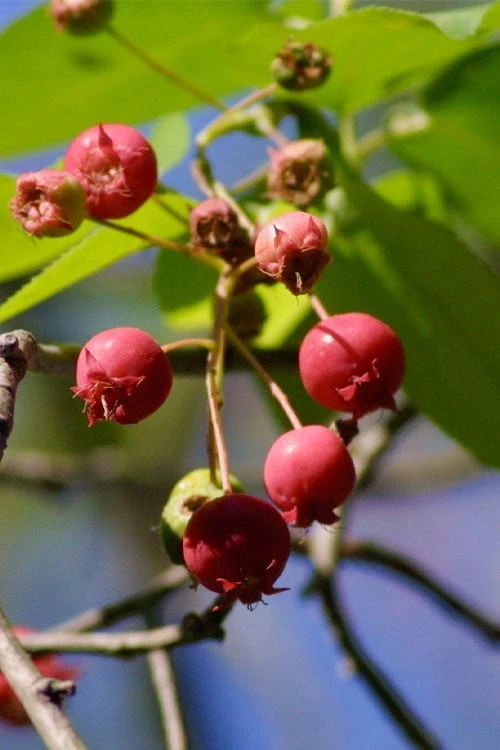



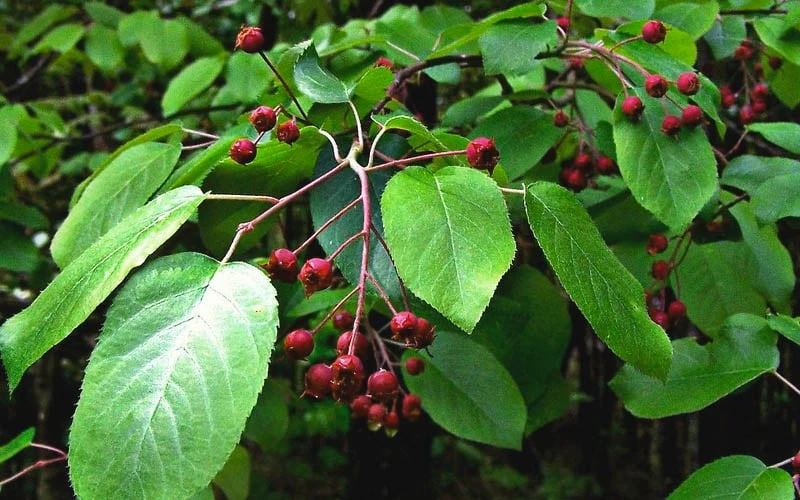



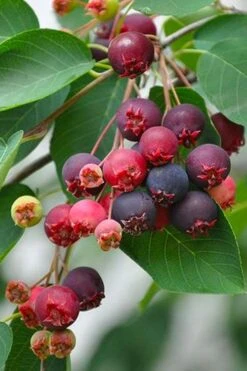


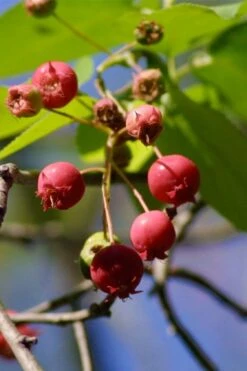

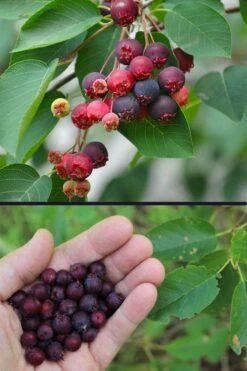


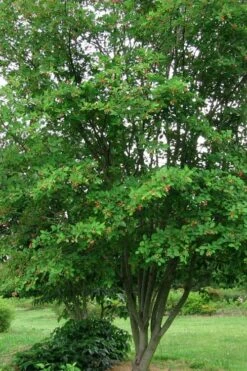
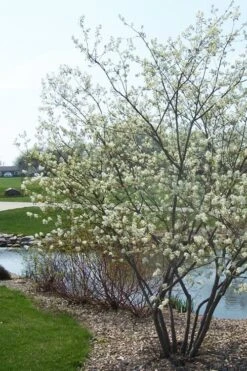

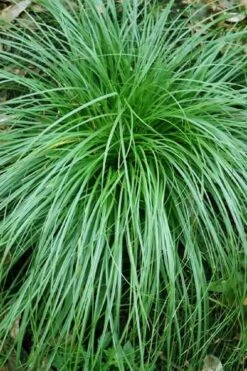


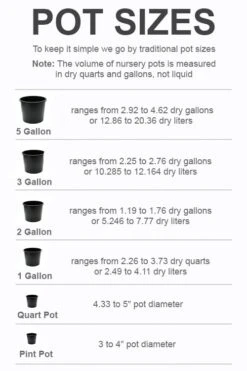
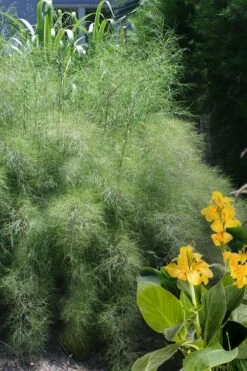


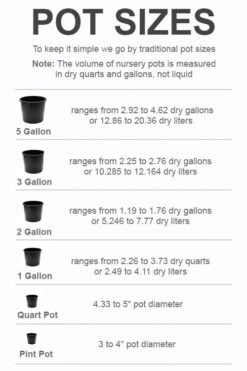
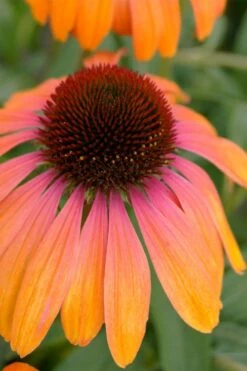

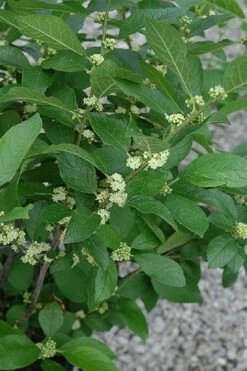
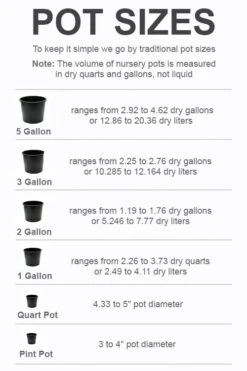

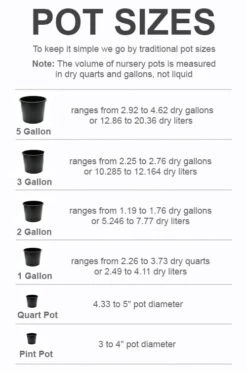
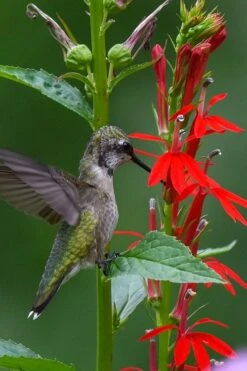
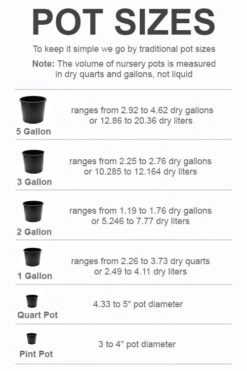
Reviews
There are no reviews yet.